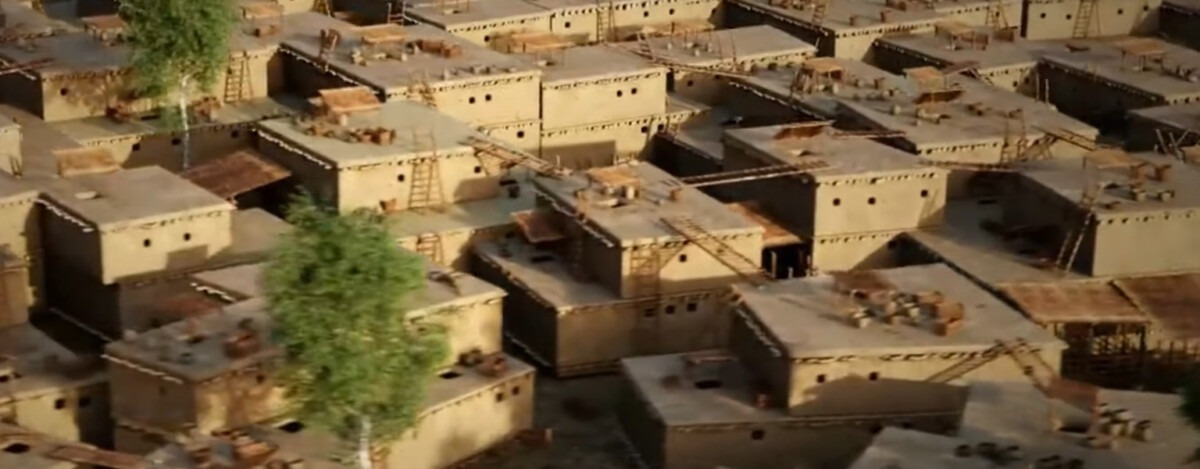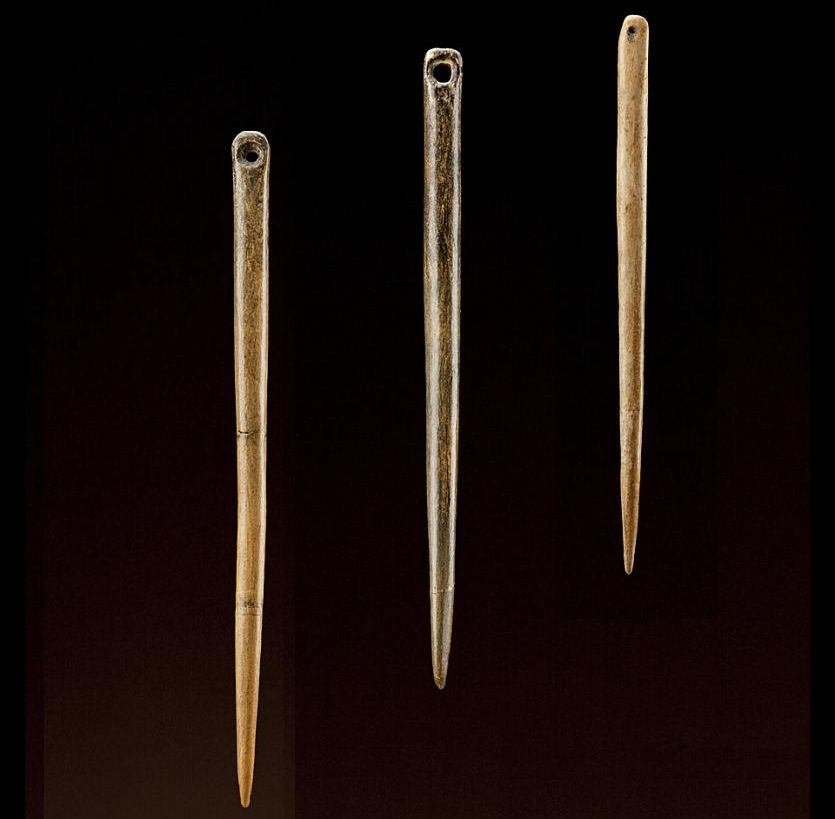Neolithic Symbols: China
Potential earliest writing in Asian zone: the Oracle Bone Script, circa 1250 BCE is oldest confirmed. These symbols which are radiocarbon dated to the 7th millennium BCE have similarities to the late 2nd millennium BCE oracle bone script. Put this writing in the MAYBE column. Scientists are still going through a process to verify this […]
Neolithic Symbols: China Read More »







